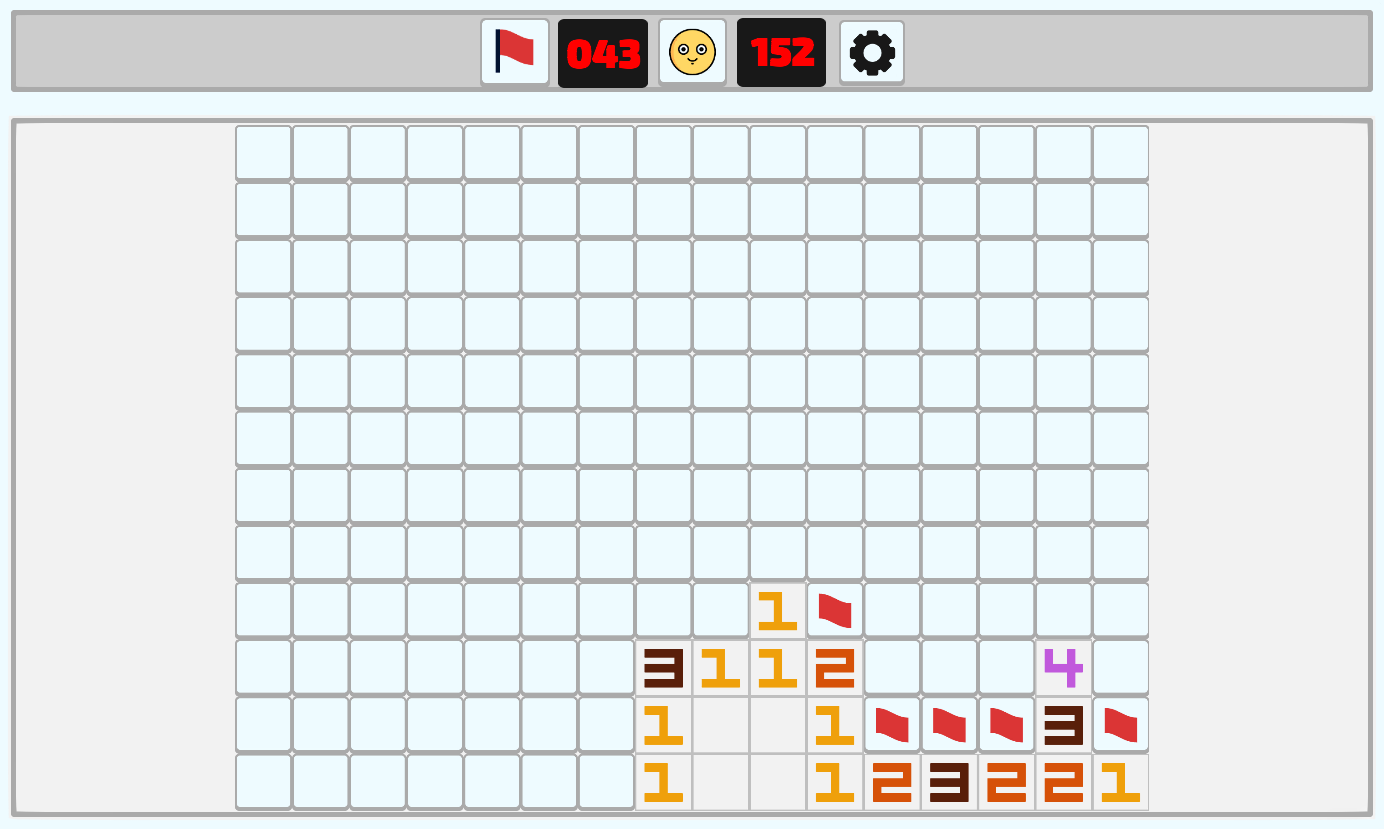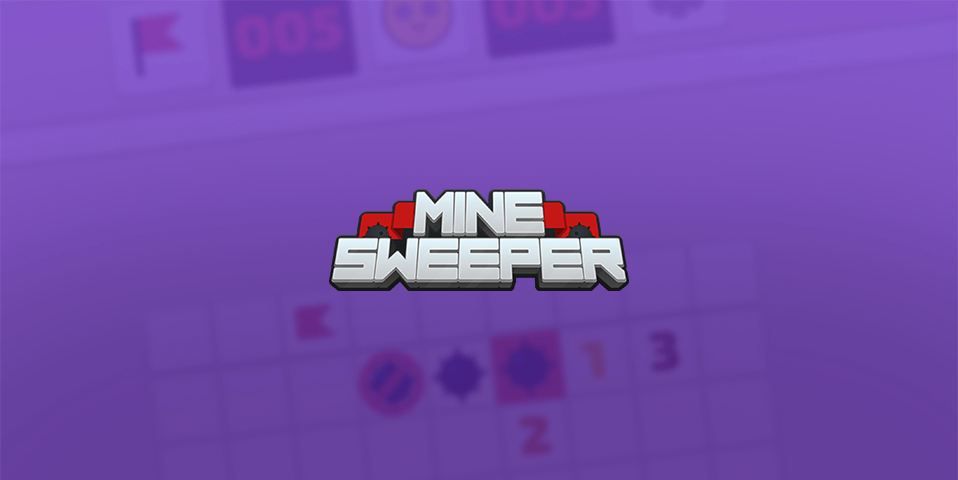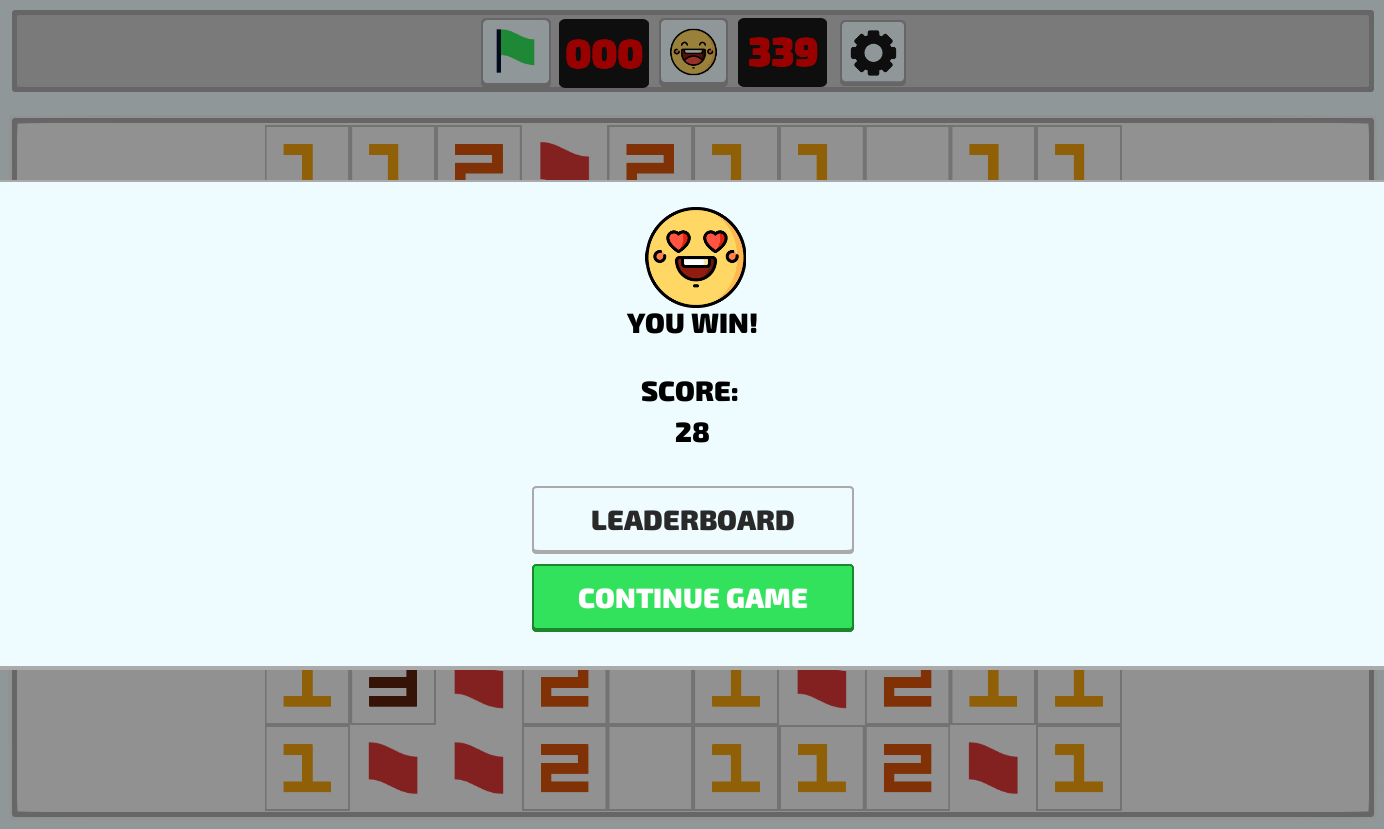The Secrets of Flags in Minesweeper

Flags are a crucial part of playing Minesweeper. The basis of the game is to place flags on suspected mine locations and open the rest of the tiles.
Although some players prefer to play without placing flags, only opening suspected free tiles, they can be of great assistance to consistently solve puzzles and beat new personal records. Let’s learn a few ways to step up your flagging game, whether you’re just starting or if you’ve been playing for a long time.
Pro-Level Flagging Strategies for Minesweeper
To play Minesweeper, you only need to use your mouse and your brain. Left-clicking will open tiles, and right-clicking will flag them. And logic will tell you what to do in each case.
Learning patterns, for example, can help you distinguish which tiles should be flagged, and then open the rest. Combine this with chording, and you’ll be able to clear areas faster. These strategies will guide you to make the best use of flags in the game.
The Double-Check Method
The game requires you to think fast and make quick decisions. This can lead you to make mistakes and flag the wrong tiles. In the end, a misplaced flag will also count as a mistake and could lead to losing the match.
To avoid this, you should double-check the flags, especially in areas with large numbers. This strategy can go perfectly well when paired with another technique, called chording.
Chord-Flagging Technique
If you press both left and right click at the same time on an open tile, while all surrounding mines are flagged, the adjacent tile will automatically open. This is only possible with flagged tiles because pressing the buttons without all mines flagged won’t unlock any tile.
The method, if done correctly, will speed up your game. But it’s important to double-check as we said earlier, because if you try chording and there’s a misplaced flag, a mine will explode, and you will lose the game.
Managing Edge and Corner Flags
Edges and corners are tricky segments on the board. Because of the way numbers are located, there’s a higher chance of encountering a mine in these areas. Whether you start in the middle or the edges, it’s advisable to focus on clearing the edges first.
To do this, you should start flagging on your second move. You start the game by opening a tile and then flagging the suspected mines. The third step should usually involve chording to open several tiles in these segments.
Common Flagging Blunders and How to Avoid Them
Flags are your friends if you use them correctly. In any other case, they can hinder your game and make you lose. Let’s cover some of the most common mistakes so that you can avoid them in your next games.
Flagging Too Early
We said that your second step should be a flag, but this is not a clear-cut rule. There are cases when the first tile won’t be of any help to deduct the location of a mine. Chance is a part of the game as well, but this should count for opening tiles, not for placing flags. If there’s not any clear indication of a mine, it’s best to avoid placing flags.
Misinterpreting Patterns
Identifying patterns can help you solve the puzzle faster. But although patterns are somewhat simple (1-2-1 or 1-2-2-1), it can be tricky to locate them if they’re surrounded by a bunch of other numbers. If you misinterpret them and place a flag on the wrong tile, it will eventually lead to a loss, especially if you try chording after flagging.
Ignoring Probability Scenarios
Yes, logic is central to the game. But we should always keep in mind that there’s a bit of chance in there as well. Sometimes, you won’t be able to deduct the location of a mine, and you’ll have to guess what to do.
In these cases, flagging can be riskier than just opening a tile. Although opening the wrong tile will make you lose, flagging the wrong tile will just save you a few moves, until chording or opening the rest of the tiles makes the mine explode anyway.
Ready to Master Flagging in Minesweeper?
Learn these rules, and your next games will be much better. Minesweeper can be a lot of fun and help you develop logic and decision-making. Keep solving harder puzzles and implementing new strategies, and your score will be better each time.











